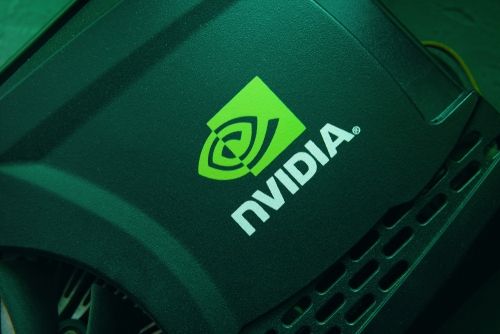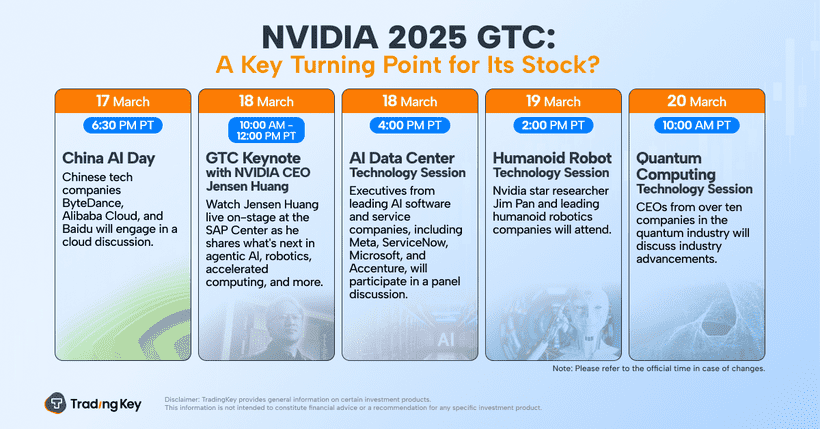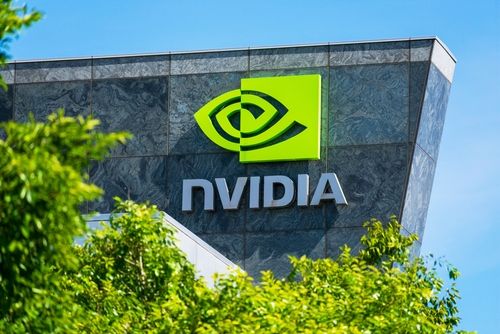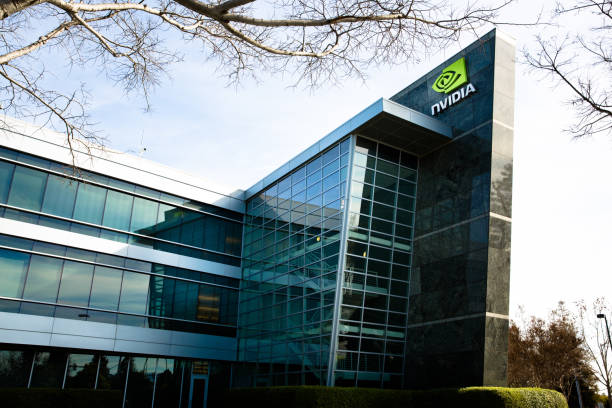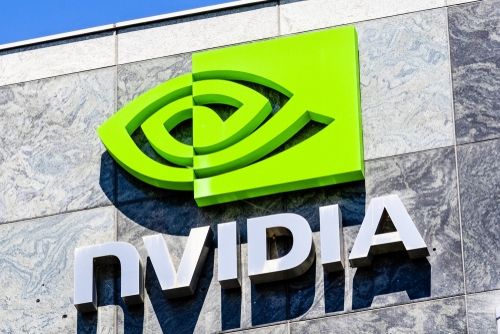2 Reasons to Buy Nvidia Stock in the Wake of DeepSeek

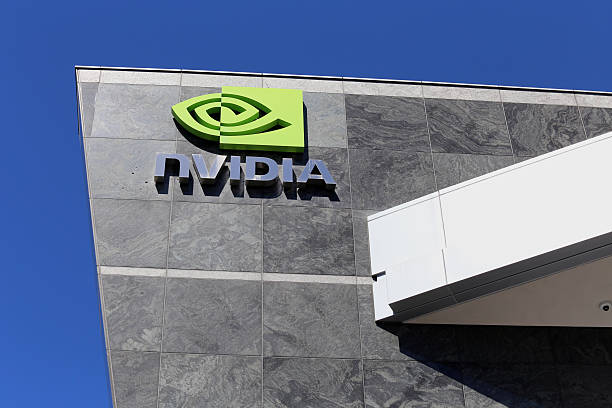
After soaring more than 800% over the last two years, shares of Nvidia (NASDAQ: NVDA) have stumbled out of the gate in 2025. Sentiment worsened after China's DeepSeek claimed it built an advanced large language model at a very low cost. This raised uncertainty about the demand for Nvidia's graphics processing units (GPUs) used for AI research. Its data center GPU business comprises over 80% of its total revenue.
However, since the DeepSeek news surfaced in January, some of Nvidia's top customers have reported earnings results and provided their outlook for technology investment this year, and it points to a growing appetite for AI chips. Here are two reasons to buy Nvidia stock on the dip.
Start Your Mornings Smarter! Wake up with Breakfast news in your inbox every market day. Sign Up For Free »
1. Amazon and Meta are investing large amounts in technology
Cloud service providers comprised about half of Nvidia's $30 billion in data center revenue in the company's fiscal third quarter ending in October. The leading cloud provider is Amazon, and it's not slowing down investment in technology.
Amazon's capital expenditures accelerated to $83 billion in 2024. It plans to spend roughly $100 billion in 2025, with the majority of that going toward technology infrastructure to support demand in cloud and artificial intelligence (AI) services.
The company has used Nvidia's H100 GPU for powering generative AI workloads in Amazon Web Services. Amazon is also expected to be an early adopter of Nvidia's Blackwell computing platform that is being launched this year.
Meta Platforms is another Nvidia customer planning to increase capital spending this year. Meta has trained its Llama 4 models on a massive cluster of 100,000 Nvidia H100 GPUs. It plans to increase spending to between $60 billion and $65 billion this year, up from $37 billion last year.
Meta expects to invest hundreds of billions of dollars in AI infrastructure over the long term. It plans to significantly increase the number of GPUs in deployment this year, and that is good news for Nvidia, which controls an estimated 70% to 95% share of the AI chip market.
2. Markets other than data centers are growing
The growth from Nvidia's data center business has taken the spotlight off other opportunities, which are quite substantial. For example, the company's gaming business is starting to recover from a slump.
Sales of gaming GPUs have increased from $1.5 billion in the third quarter of fiscal 2023 to $3.2 billion in the 2025 third quarter. That's an annual run rate of over $12 billion for Nvidia's gaming segment.
Nvidia also reported record revenue last quarter for its automotive segment, which includes sales of its Drive computing platform for training autonomous vehicles. The company has partnerships with several car companies, including electric vehicle makers BYD and Rivian.
Automotive revenue has increased from $251 million in the third quarter of 2023 to $449 million in the same quarter two years later. As autonomous driving becomes more widely adopted in the coming decades, this could blossom into a multibillion-dollar opportunity.
The company has previously pegged its total addressable market at $1 trillion, but this figure could grow over time since it is still finding new markets for its technology. At the J.P. Morgan Healthcare Conference in January, Nvidia said that the growing number of interactions in health services is going to create more opportunities in the field of robotics and AI agents, and its GPUs could play a pivotal role in these advancements.
DeepSeek's ability to build a top large language model at low cost is probably not going to hurt Nvidia in the long run. It may only lead to faster innovation in AI, and that should continue to benefit the top AI chip supplier.
The recent dip has brought the stock's valuation down to a more reasonable forward price-to-earnings multiple of 30, which could almost be looked at as a bargain considering that analysts expect the company's revenue and earnings to increase 51% this year.
Should you invest $1,000 in Nvidia right now?
Before you buy stock in Nvidia, consider this:
The Motley Fool Stock Advisor analyst team just identified what they believe are the 10 best stocks for investors to buy now… and Nvidia wasn’t one of them. The 10 stocks that made the cut could produce monster returns in the coming years.
Consider when Nvidia made this list on April 15, 2005... if you invested $1,000 at the time of our recommendation, you’d have $854,317!*
Stock Advisor provides investors with an easy-to-follow blueprint for success, including guidance on building a portfolio, regular updates from analysts, and two new stock picks each month. The Stock Advisor service has more than quadrupled the return of S&P 500 since 2002*.
*Stock Advisor returns as of February 7, 2025
Randi Zuckerberg, a former director of market development and spokeswoman for Facebook and sister to Meta Platforms CEO Mark Zuckerberg, is a member of The Motley Fool's board of directors. JPMorgan Chase is an advertising partner of Motley Fool Money. John Mackey, former CEO of Whole Foods Market, an Amazon subsidiary, is a member of The Motley Fool's board of directors. John Ballard has positions in Nvidia. The Motley Fool has positions in and recommends Amazon, JPMorgan Chase, Meta Platforms, and Nvidia. The Motley Fool recommends BYD Company. The Motley Fool has a disclosure policy.



